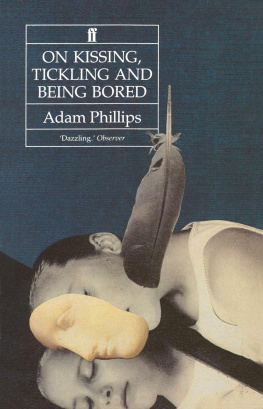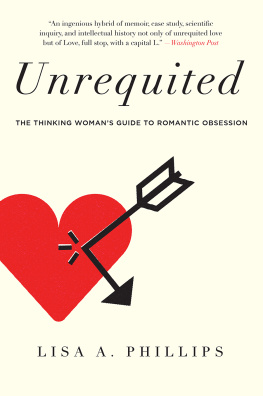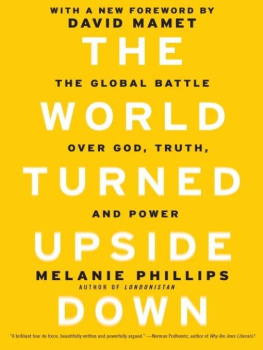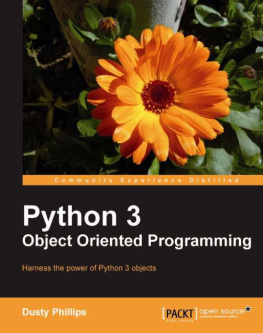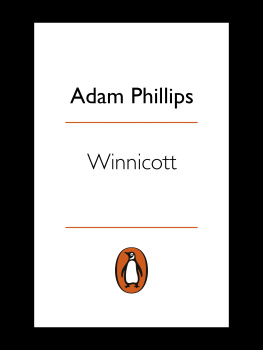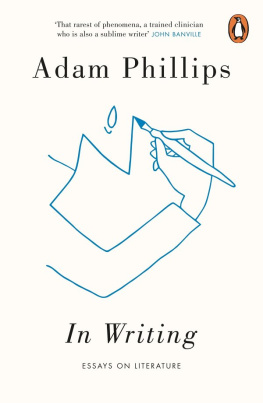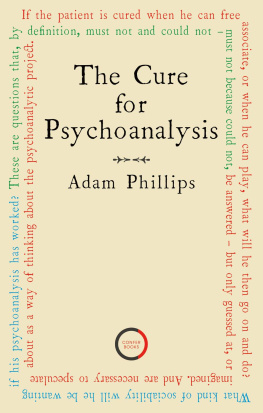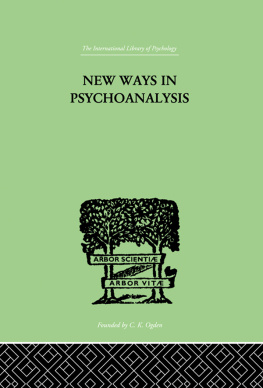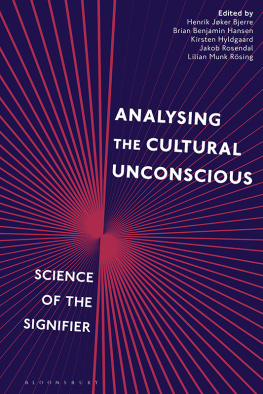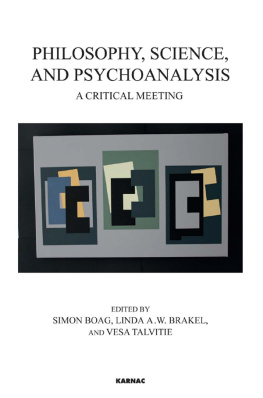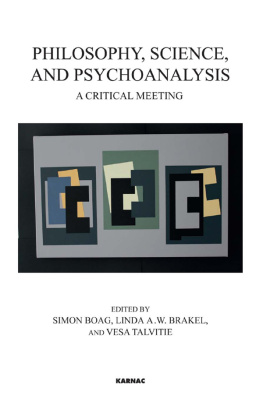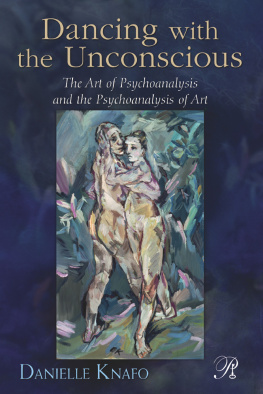
In this unique collection of psychoanalytic essays on a wide range of relatively unexplored subjects, Adam Phillips evolves his own distinctive version of psychoanalysis as a visionary pragmatism.
Committed to psychoanalysis as part of a wider cultural conversation, the essays combine literary and philosophical commentary with vivid clinical vignettes in an essentially pluralistic approach to the theory and practice of psychoanalysis.
Believing that psychoanalysis needs to be saved from its own moralistic professionalism, Phillips is committed to the renewal of psychoanalysis through writing that is neither esoteric or dogmatic. Written in an aphoristic, hit-and-run style, these essays should have a broad appeal.
For Hugh Haughton
Theresultsoflifeareuncalculatedanduncalculable.Theyearsteachmuchwhichthedaysneverknow.Thepersonswhocomposeourcompanyconverse,andcomeandgo,anddesignandexecutemanythings,andsomewhatcomesofitall,butanunlooked-forresult.Theindividualisalwaysmistaken.Hedesignedmanythings,anddrewinotherpersonsascoadjutors,quarrelledwithsomeorall,blunderedmuch,andsomethingisdone;allarealittleadvanced,buttheindividualisalwaysmistaken.Itturnsoutsomewhatnewandveryunlikewhathepromisedhimself.
Ralph Waldo Emerson, Experience
Whichiswrong?Theweatherorourcalendars?
John Cage, AYearfromMonday
Whenpeoplethinktheyveseenenoughofsomething,buttheresmore,andnochangeofshot,thentheyreactinacuriouslylividway.
Wim Wenders, TimeSequences,ContinuityofMovement
Contents
Because psychoanalysis is about the most ordinary things in the world, it should not be difficult to be interested in it. The essays in this book have been written in the belief that any psychoanalytic theory that is of interest only to members of the profession is unlikely to be worth reading. I am grateful to have been able to publish most of them originally in journals the NouvelleRevuedePsychanalyse,Raritan, the LondonReviewofBooks which have, as it were, a wider appeal. Each of these journals, in quite different ways, endorses J. L. Austins remark that it is not enough to show how clever we are by showing how obscure everything is. It was at the invitation of Michel Gribinski and J.-B. Pontalis, the editors of the NouvelleRevue, that I first began writing the essays in this book. I have gained a great deal from their incitement, their translations, and their hospitality (and the fact that they were unbeglamoured by obscurity). Similarly, in Dick Poirier and Suzanne Hyman at Raritan and Mary-Kay Wilmers at the LondonReviewofBooks, I have had congenial and attentive editors who have improved everything that I have submitted to them. Also, at Harvard University Press I am very grateful to Angela von der Lippe and Lindsay Waters for keeping faith with the project over several years, and to Ann Hawthorne for editing the manuscript with such a good ear.
Jacqueline Rose made an enormous difference at the last moment: the book has been braced by her shrewd enthusiasm. In our clinical work with children and families at Charing Cross Hospital, my colleague Glenda Fredman has transformed the way I think about psychoanalysis; some of these essays derive from conversations we have had, and some of the best lines in them may be hers. Sarah Spankie has entitled more than this particular book.
Throughout the text, I have observed the economical but obviously unsatisfactory convention of using the masculine pronoun.
Brichardwasquiterightwhenhesaidtomewithhisusualmalice:Whenyoureinlovewithawoman,youmustaskyourself:WhatdoIwanttodowithher?
Stendhal, TheLifeofHenryBrulard
When Freud began to discover what we now think of as psychoanalysis, it was clear to him what it was to be used for. It was a new method, a potential form of cure, in the medical treatment of what were then called hysterical symptoms. And in so far as psychoanalysis was a medical treatment, the concept of cure seemed relatively unproblematic. Freud wrote:
I have often in my own mind compared cathartic psychotherapy with surgical intervention. I have described my treatments as psychotherapeutic operations; and I have brought out their analogy with the opening up of a cavity filled with pus, the scraping out of a carious region, etc. An analogy of this kind finds its justification not so much in the removal of what is pathological as in the establishment of conditions that are more likely to lead the course of the process in the direction of recovery.
In this concluding section of StudiesonHysteria (1895), Freud is interested in the consequences of his analogy. He is comparing talking to someone with a surgical operation, which now seems an unusual thing to do (for obvious reasons, surgeons dont tend to think of their work as a form of conversation). The operation, Freud suggests, is not the cure; it is only the prelude to the cure. By removing the pathological material the surgeon creates the conditions in which the cure can take place. The cure can begin only after the treatment has ended. The psychotherapist simply clears the way to establish the conditions requisite for recovery. Obstacles are removed to facilitate a possible process. But to believe in such a process, and to know what a cure is what recovery looks like the doctor must already know what a life is supposed to look like. In any analogy and Freud had to be preoccupied with analogies for psychoanalysis because it was so difficult to place two sets of largely tacit assumptions seem to join forces.
All of Freuds by now well-known analogies for the skill of the psychoanalyst are in one sense immensely reassuring. They orientate the curious very quickly. The detective knows a clue when he sees one, and has a recondite ability to read it; the archaeologist can imagine a past that makes sense of the rubble; and the doctor, of course, recognizes the symptoms of a disease. In each of these professions the pragmatic aims of their respective practices are apparently clear. All of these professions can formulate their aims because they have them (or vice versa). The vocabularies that constitute their practices are their idea of what they are attempting to do. And because their tasks are definable and teachable they will know what it is to fail. In other words, canonical texts, persuasive practitioners, and training institutions conspire to create the necessary aura of plausibility. Even if there are mavericks like Sherlock Holmes, they can be mavericks only against a backdrop of orthodoxy.

